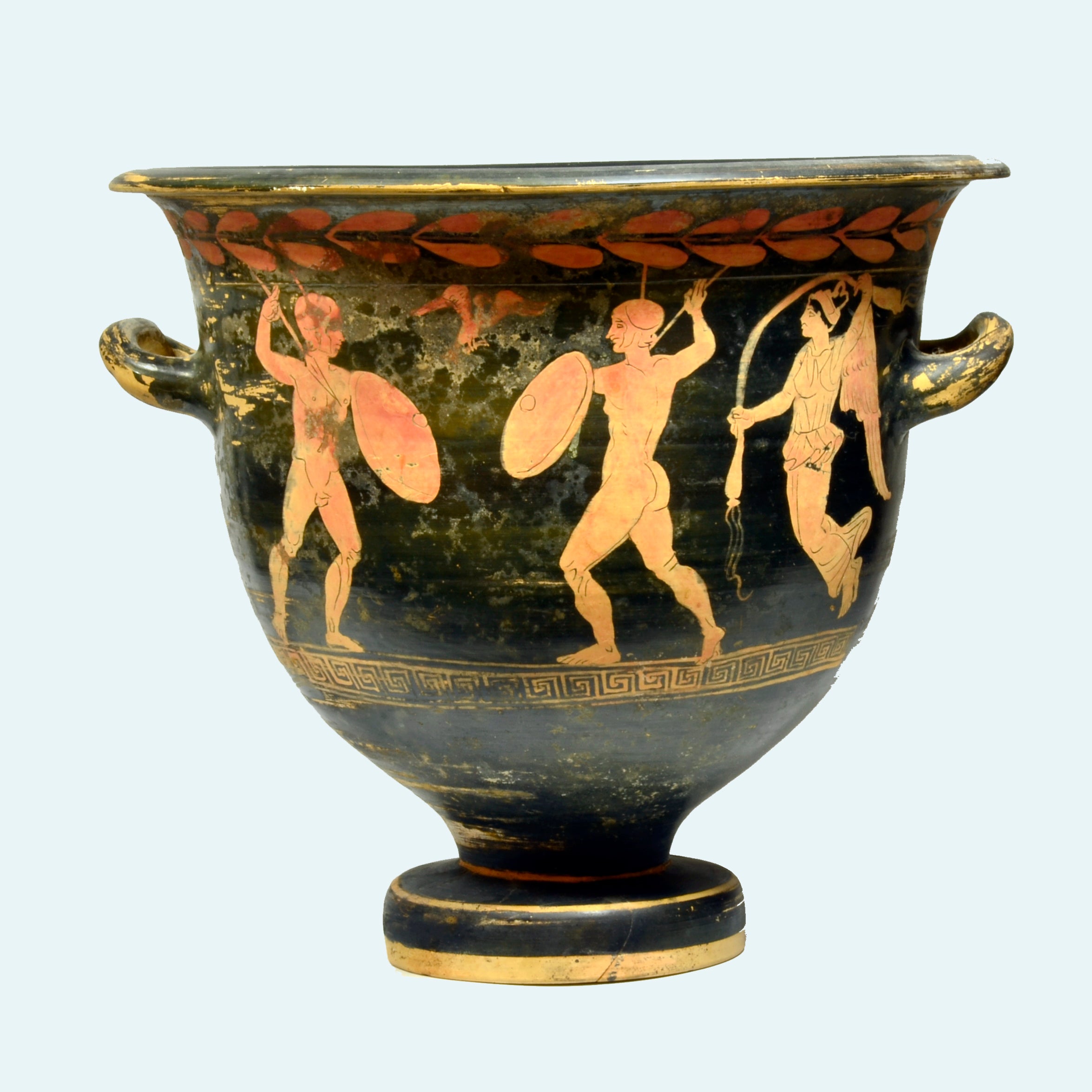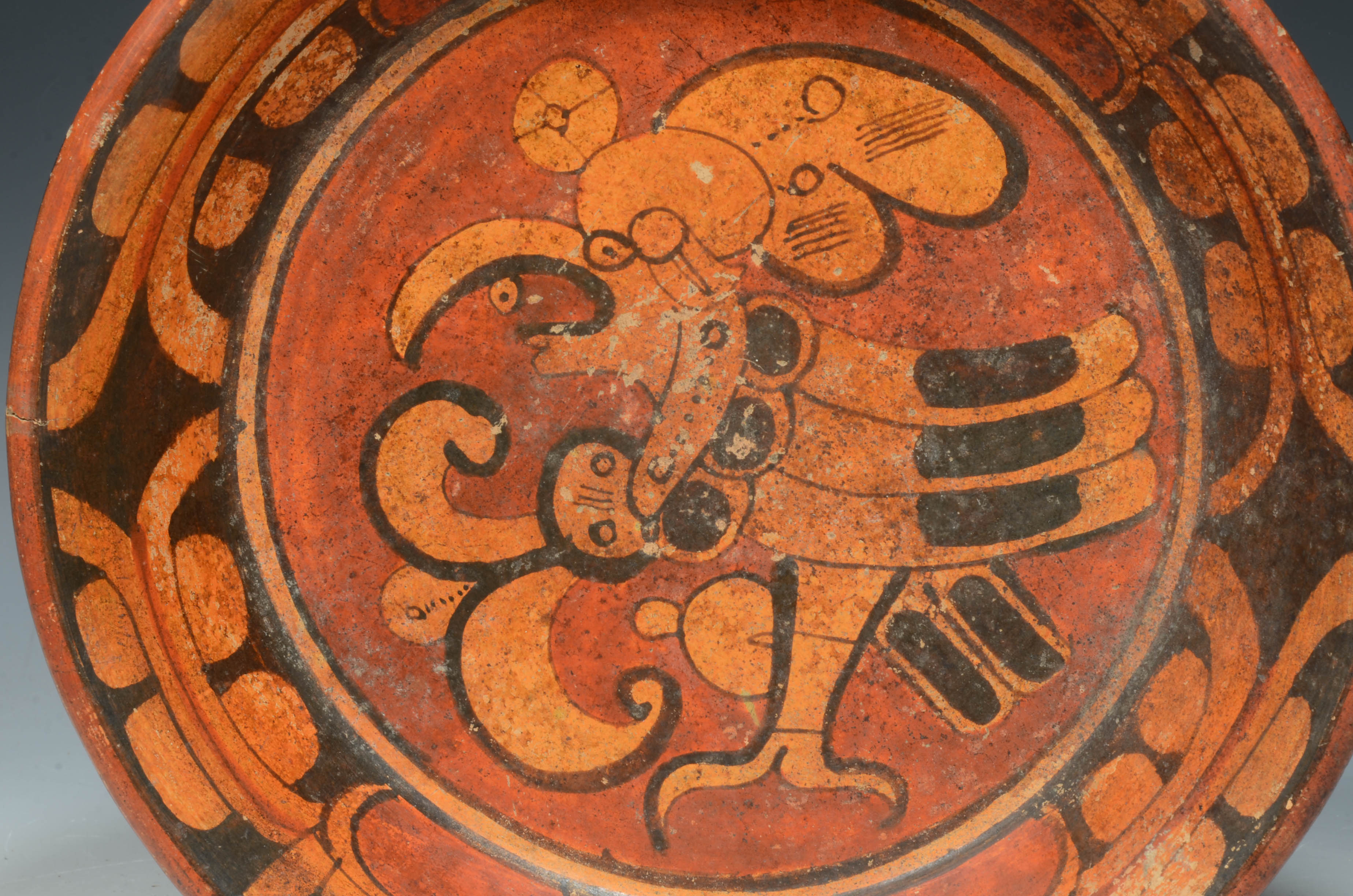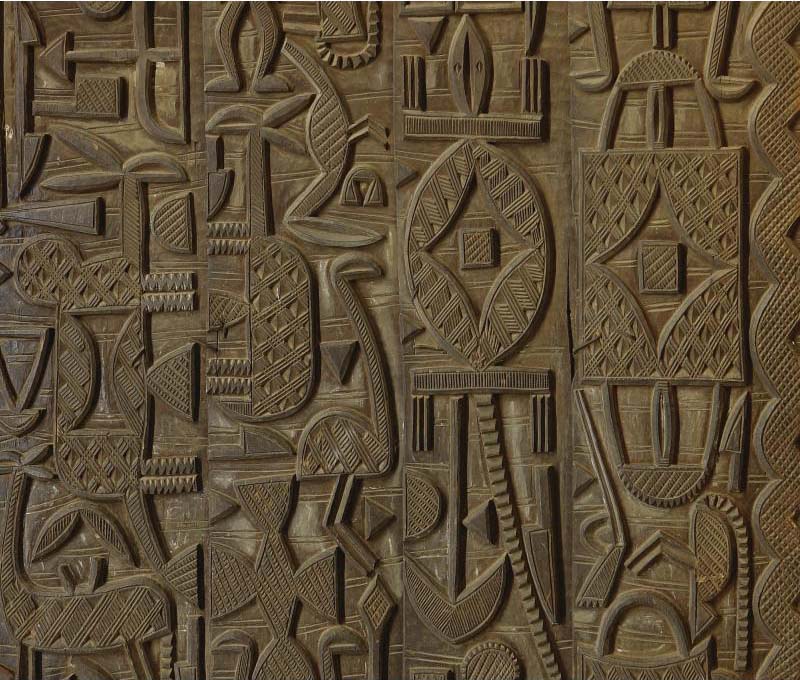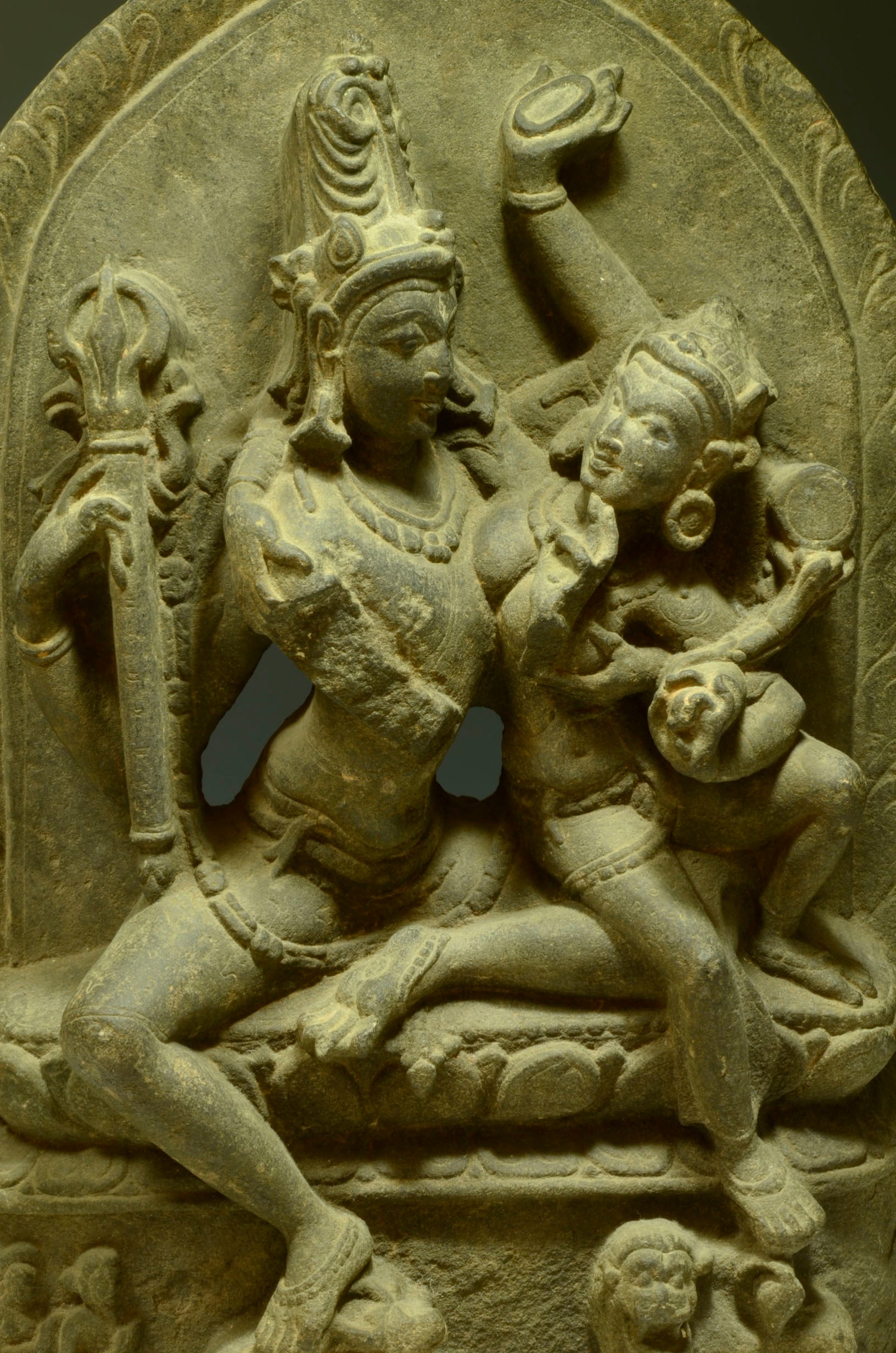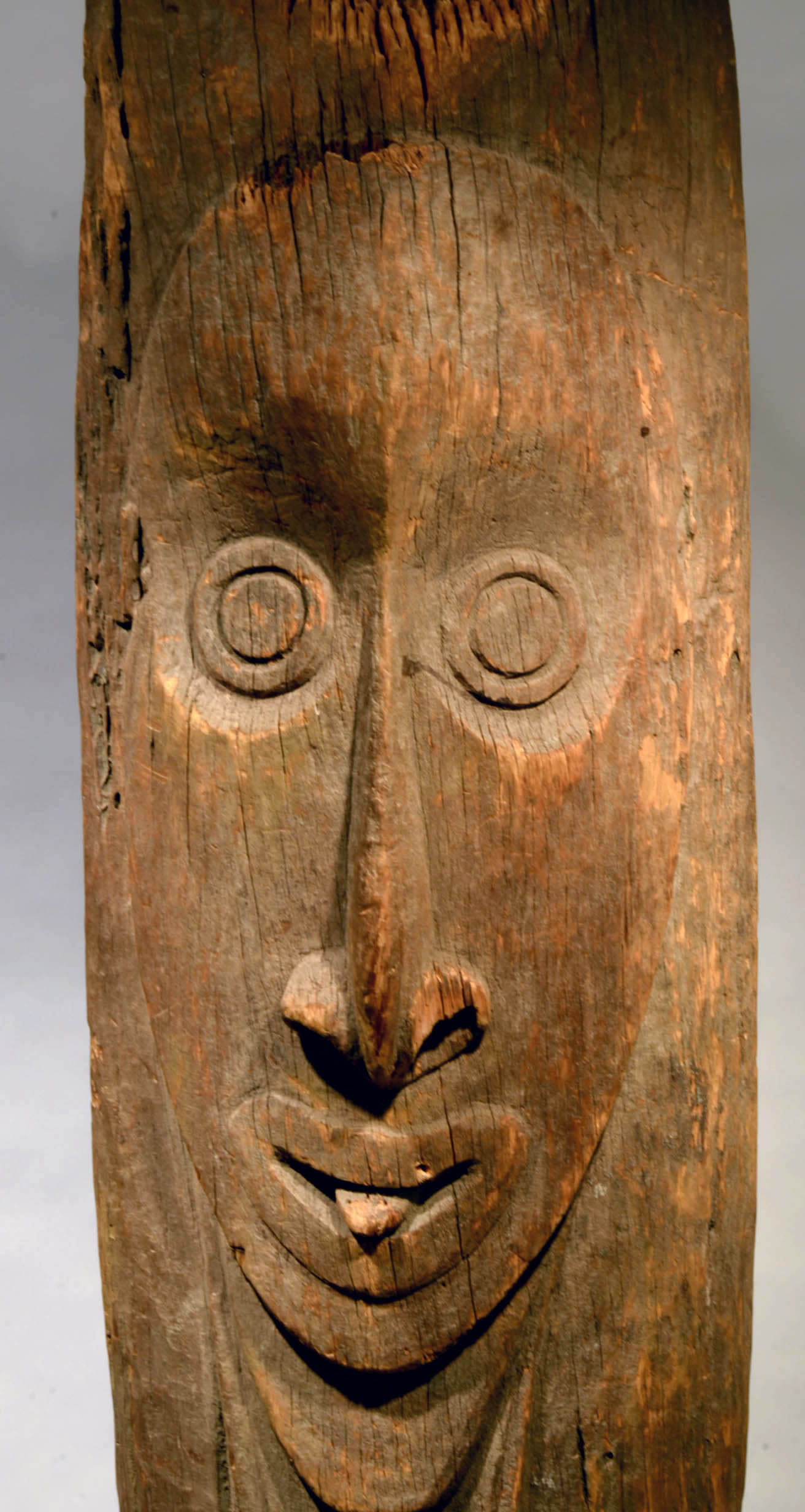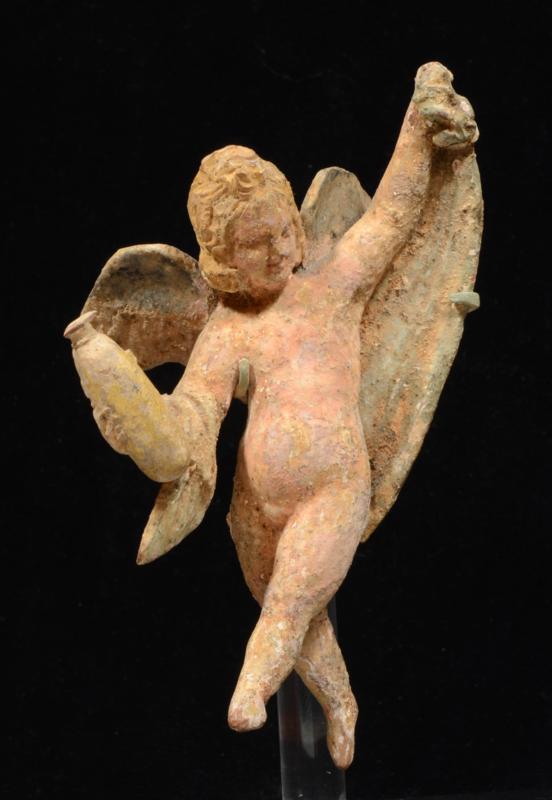Applause New Yorkers: The MET redsigned Art of Africa Oceania and Americas Wing now Open
After a multiyear, $70 million renovation, the highly anticipated reopening of the Metropolitan Museum of Art’s Michael C. Rockefeller Wing is here. Closed since 2021, the galleries for the arts of Africa, Oceania, and the Americas have been reborn, and art enthusiasts who have awaited their return will not be disappointed. The redesign is a masterpiece, transforming a space once described as dim, cramped, and a "shortcut" between other galleries into an airy, gorgeous, and energizing destination in its own right.
Architect Kulapat Yantrasast’s redesign has fundamentally altered the visitor experience. The 40,000-square-foot wing now presents its three distinct collections—from Africa, Oceania, and the ancient Americas—as autonomous yet interconnected entities. Glass walls allow visitors to gaze from the Oceania galleries into the African art spaces, an architectural choice that underscores how these cultures did not exist in isolation and challenges traditional Western art historical narratives.
Previously, the wing could feel disconnected from the rest of the Met, but the new design thoughtfully integrates it with the larger institution. For example, the threshold to the Greek and Roman galleries now features a Nubian stele from the Kush kingdom, making a connection between the African and ancient Egyptian collections.
The physical transformation is matched by a deepened curatorial approach. Revised wall texts offer clearer cultural context and, in a significant move toward transparency, now detail the provenance of the objects on display. This reflects the Met's recent efforts to expand its provenance research team and addresses calls for museums to be more accountable for their collections.
While the collecting of cultural property is sometimes controversial, it is crucial to distinguish between cultural appropriation and cultural appreciation. At its best, collecting represents a profound respect for and preservation of the past and the MET has done this genre justice, elevating these arworks to the highest value system. Engaging with these objects—whether in a museum or a private collection—fosters a visual dialogue that leads to deeper understanding and more meaningful connections with the cultures that created them. Rather than erasing or exploiting heritage, thoughtful collecting and display can safeguard these treasures for future generations and promote cross-cultural respect.
While the renovation is an overwhelming success, it also brings complex questions into sharper focus. The updated wall text, for instance, mentions the Met's return of objects taken from the Kingdom of Benin to Nigeria. However, the museum continues to exhibit other Benin works, illustrating the ongoing and difficult quest for restorative justice in the museum world. The institution acknowledges this, with one panel stating, "Our research is ongoing," indicating a commitment to filling historical gaps as new details come to light.
The new galleries are enriched with layers of information, including artist biographies, commissioned films, and videos of rituals that were once only described in catalogs. This commitment treats the art with greater dignity and acknowledges the creators behind these masterpieces. Favorite works are showcased in innovative ways, while objects on view for the first time, including major acquisitions of contemporary works by Indigenous Pacific artists, add new dimensions to the collection. The cases themselves are masterfully fabricated, with crystal-clear glass and subtle armatures that make the artifacts appear to float dramatically in midair. This presentation not only enhances the visual impact but also invites visitors to engage with the objects from multiple perspectives, deepening appreciation and understanding.
Just minutes from the museum, Art for Eternity gallery welcomes visitors to continue their journey. Our gallery offers museum-quality antiquities and ethnographic art, including pieces from the same cultures featured in the Rockefeller Wing. For those inspired by the Met’s dramatic displays, we invite you to acquire objects that can become the centerpiece of your own collection—a personal “museum” that honors and preserves the legacy of the world’s ancient civilizations. Through collecting, we celebrate cultural heritage and invite ongoing dialogue, ensuring these masterpieces continue to inspire for generations to come.


